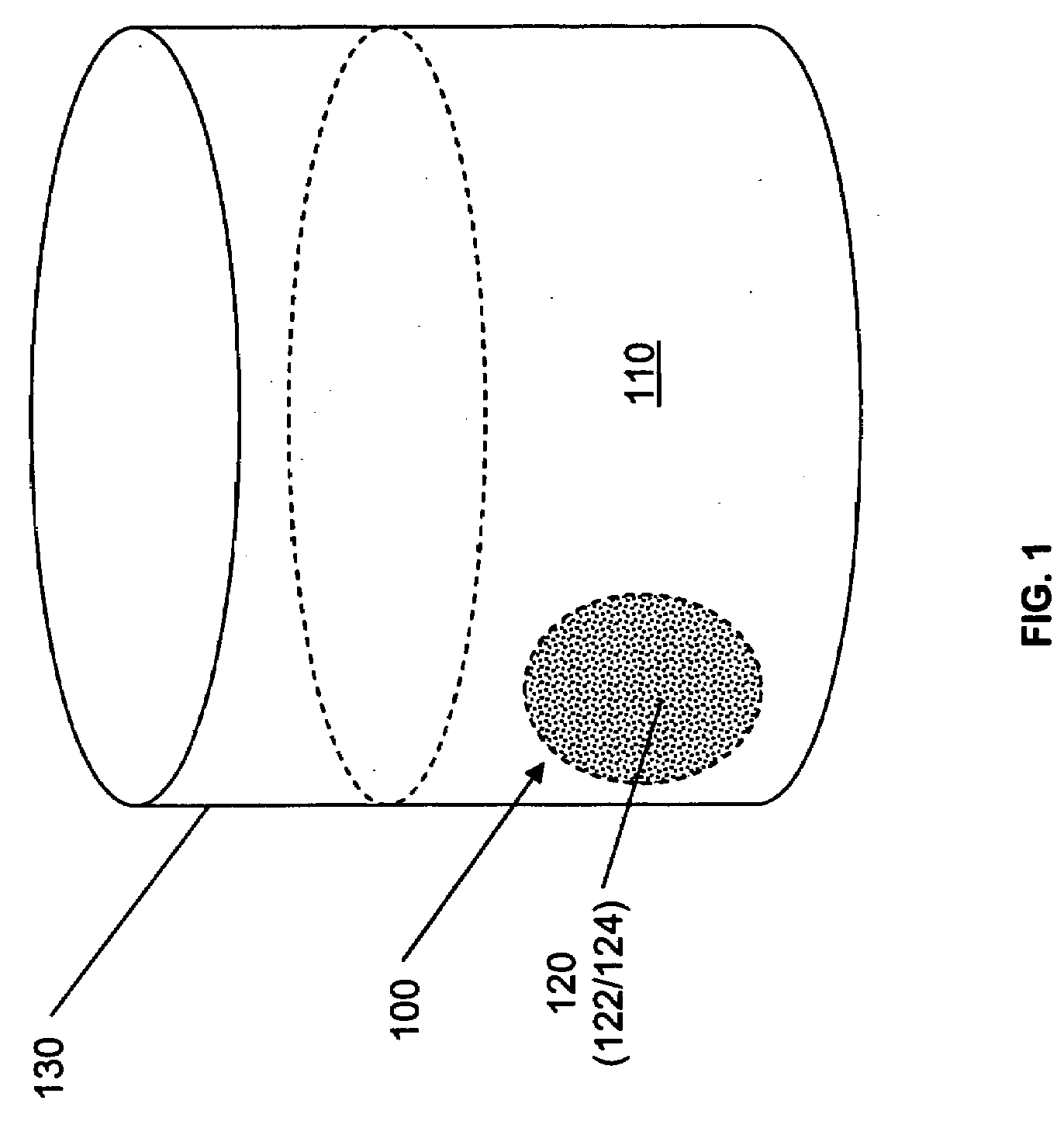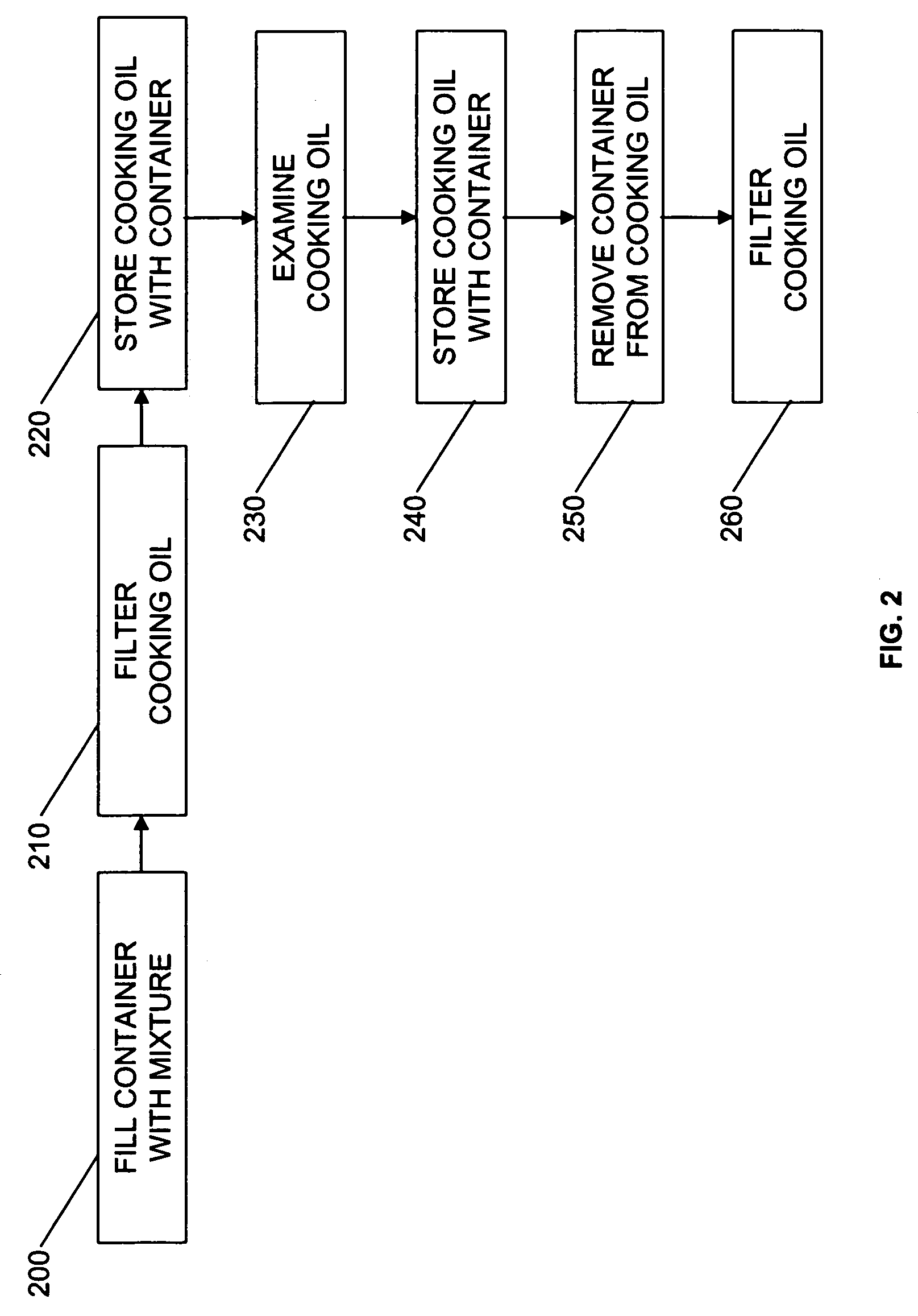Rejuvenation of used cooking oil
a technology for cooking oil and rejuvenation, which is applied in the direction of fatty substance production, fatty substance preservation using additives, edible oils/fats, etc. it can solve the problems of increasing the smoke point of the oil, reducing the useful life of the oil, and producing dark and unappealing fried foods. , to achieve the effect of reducing the smoke point, effectively decolorizing and deodorizing, and reducing the use of the oil
- Summary
- Abstract
- Description
- Claims
- Application Information
AI Technical Summary
Benefits of technology
Problems solved by technology
Method used
Image
Examples
Embodiment Construction
[0034]Although the prior art introduces a variety of approaches, the prior art fails to provide a simple, effective, and economical approach of extending the useful life of frying oil, while meeting FSIS guidelines. The present invention provides an effective and economical way to slow degradation of cooking, or frying oil, in order to extend the oil's usable life. In particular, the present invention addresses the unmet need of a simple apparatus or method for decolorization, deodorization, and deoxidization of used frying oil using natural ingredients derived from plants. Accordingly, the present invention enhances the quality of used frying oils with improved treating agents for the recovery and rejuvenation.
[0035]As illustrated in the exemplary embodiment of FIG. 1, a porous, heat-resistant container 100 is submerged, or otherwise positioned, in used cooking oil 110 which sits in oil vat 130. The container 100 holds a mixture 120 of an absorbent material 122 and a natural antiox...
PUM
 Login to View More
Login to View More Abstract
Description
Claims
Application Information
 Login to View More
Login to View More - R&D
- Intellectual Property
- Life Sciences
- Materials
- Tech Scout
- Unparalleled Data Quality
- Higher Quality Content
- 60% Fewer Hallucinations
Browse by: Latest US Patents, China's latest patents, Technical Efficacy Thesaurus, Application Domain, Technology Topic, Popular Technical Reports.
© 2025 PatSnap. All rights reserved.Legal|Privacy policy|Modern Slavery Act Transparency Statement|Sitemap|About US| Contact US: help@patsnap.com



